Teen skater an Olympic legend in Mark Knight’s view of the ancients
Mark Knight’s cartoon of our youngest ever gold medallist, 14-year-old Arisa Trew, show just how much (and how little) Games have changed as Ancient Greek marbles mingle with new legends
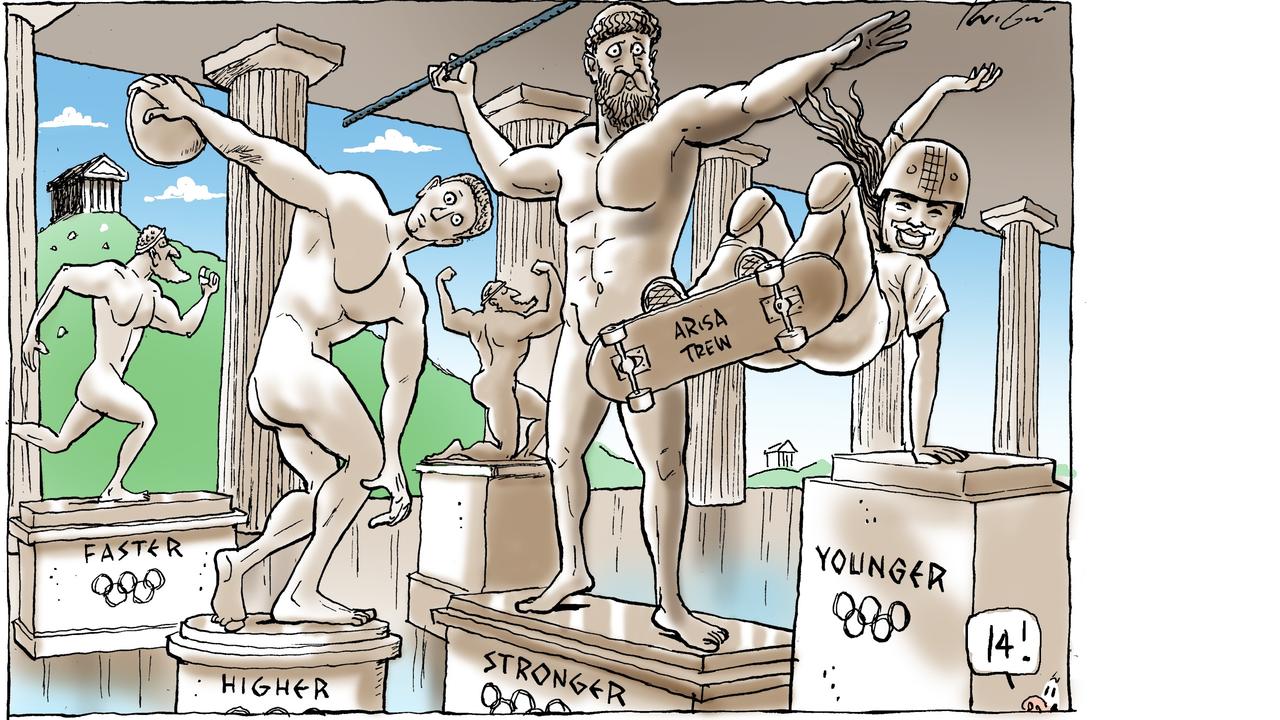
READING LEVEL: GREEN
The Paris Olympics have been the most successful ever for Australia. We have won our greatest bag of medals. In fact, we have won so many, the Australian team will be paying massive luggage excess weight* fees for the plane ride home due to all the gold, silver and bronze they are carrying. The Parisian airport metal detectors will be going berserk!
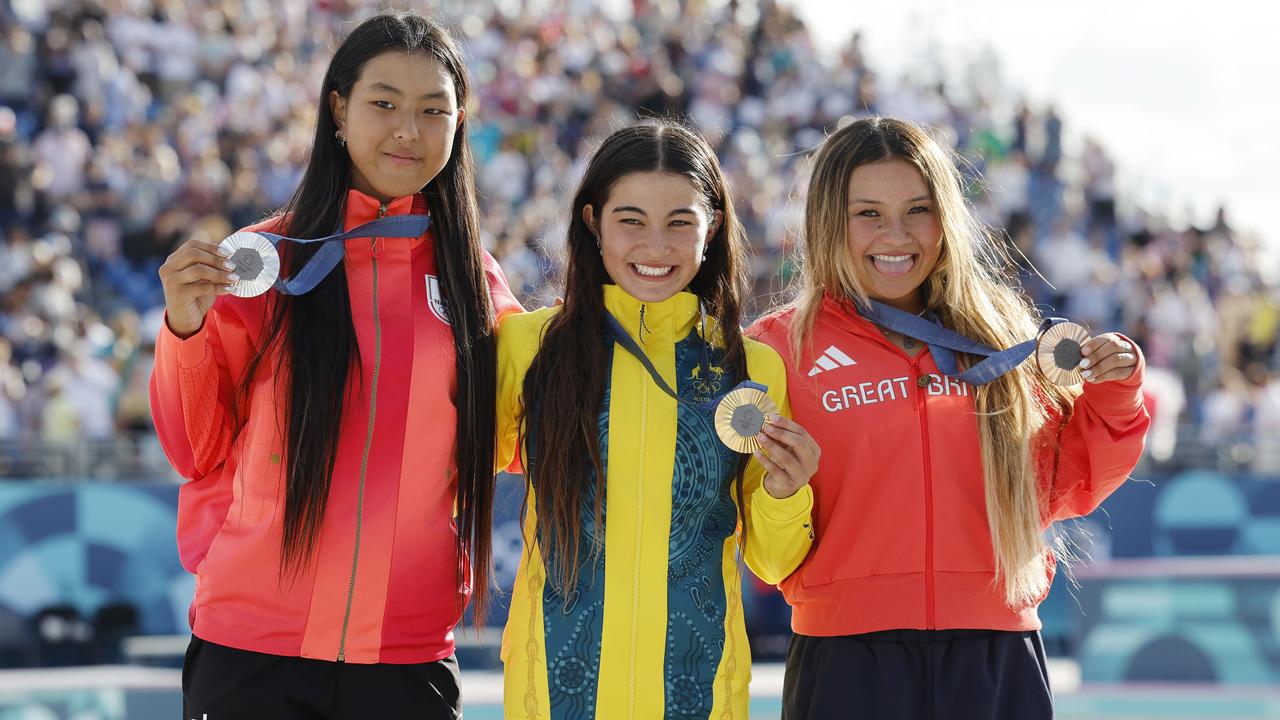
It has been an amazing two weeks of watching the world’s greatest athletes show what they can do. Olympic and world records have been broken, emulating* the Latin motto of the Olympics: “Citius, Altius, Fortius.” Or as we say – Faster, Higher, Stronger.
And our Aussie team has done just that. It started off with Grace Brown winning the cycling time trial, then our women swimmers led by Ariarne Titmus, Mollie Callaghan and Kaylee McKeon went nuts in the pool.
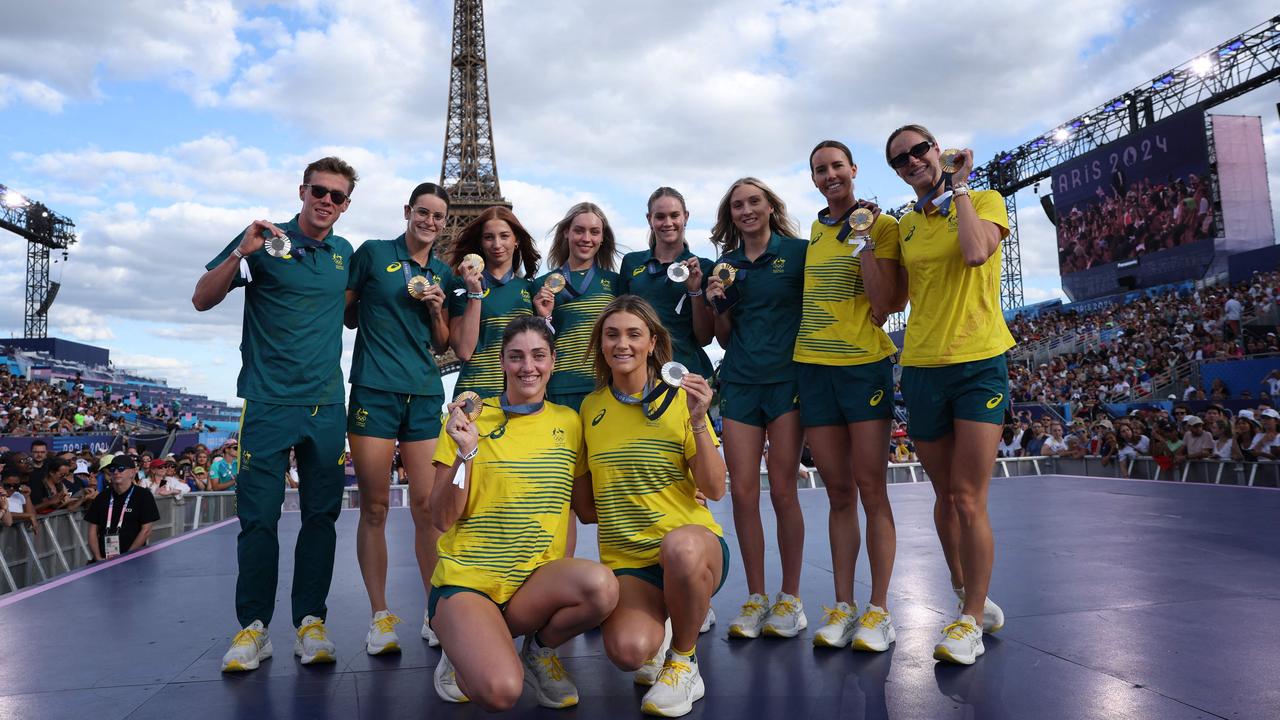
Our men’s tennis doubles saluted, the Fox sisters cornered the women’s kayak market, Saya Sakakibara won an emotional gold for her injured brother in the women’s BMX and then we had that Wednesday when Australia went completely bonkers and won four gold in our greatest day ever!
The Olympic Games were invented by the Ancient Greeks in 776BC in honour of Zeus* and held at Olympia* every four years.
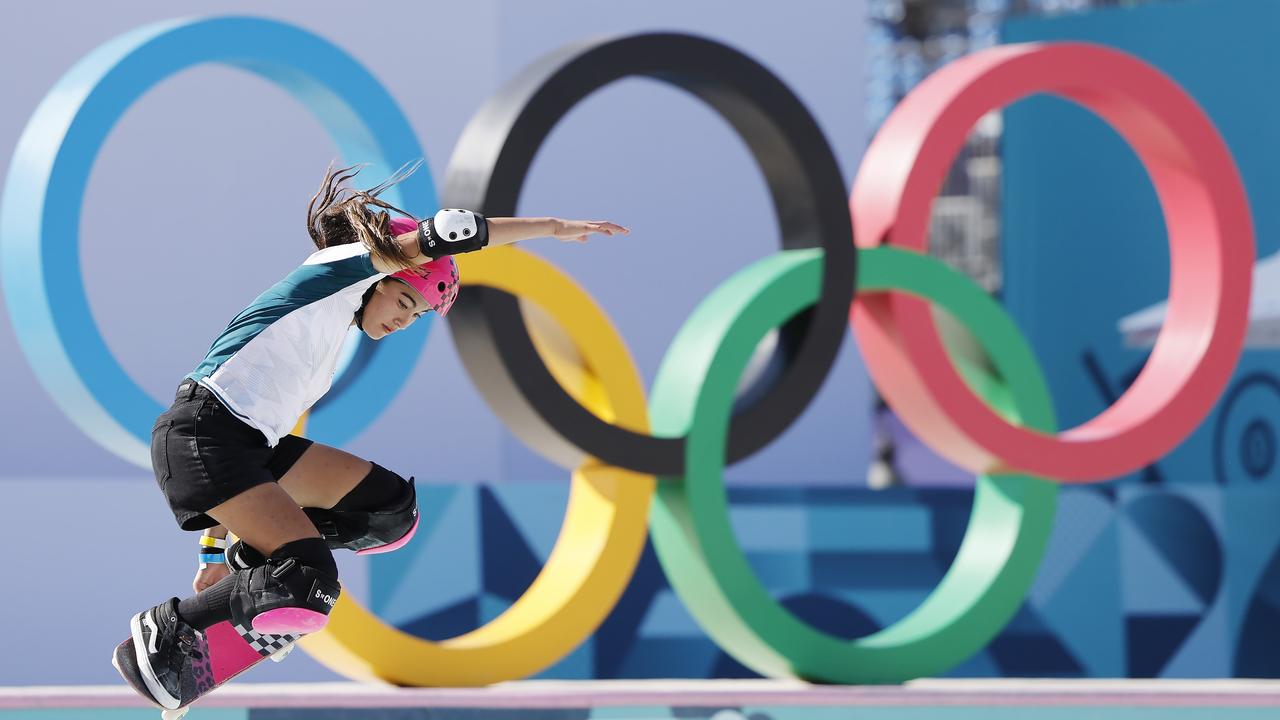
The Olympic logo, those five rings you see on the Eiffel Tower during the Paris Games, is not the badge from your dad’s Audi but a symbol of the world’s five continents joined together in peace and celebration of humanity.
And it is a celebration of mankind and a link back to 776BC when Heracles* devised the first running races at Olympia. I’m reminded of that when I look at all those awesome Ancient Greek sculptures of Olympic athletes.
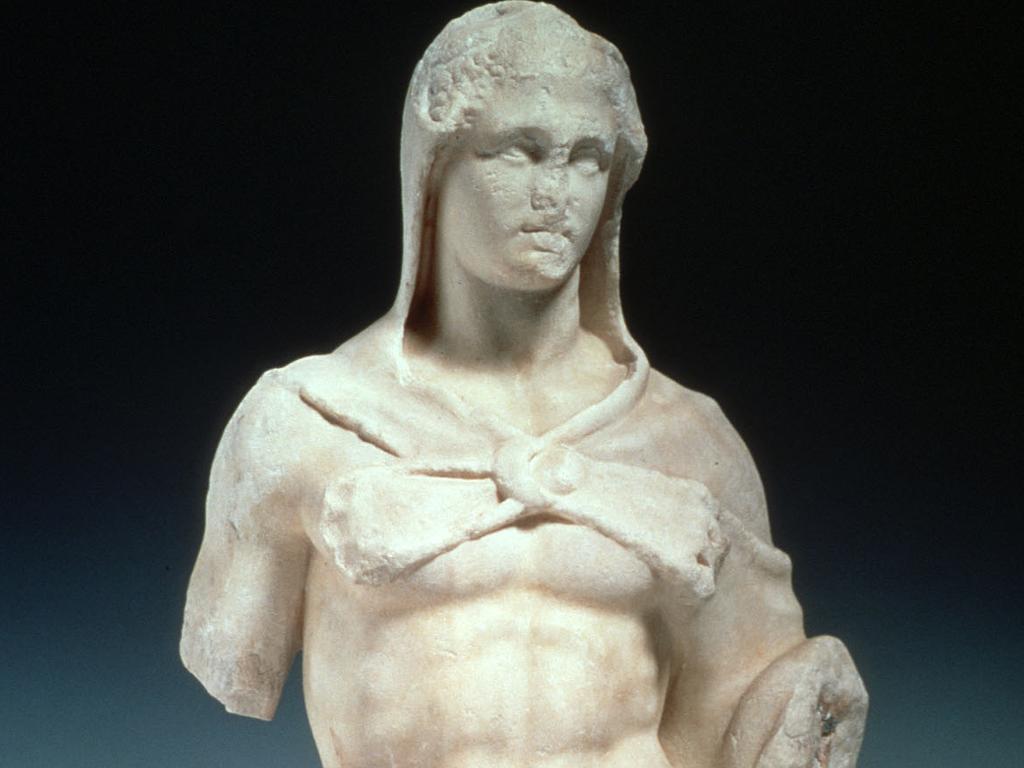
You would all be familiar with the most famous one of the discus thrower, called the Discobolus of Myro 460-450 BC. There is a relationship, even a fellowship*, between that discus thrower then and our athletes now, like our youngest ever Olympic medallist, Arisa Trew, who at 14-years-old, won the women’s park skateboarding at the Paris Games this week. I thought this incredible link between these two Olympic athletes, nearly 2400 years apart, should be the subject of my daily cartoon for the Herald Sun.

I love ancient history, and the Ancient Greeks were the coolest; their architecture, art and sculpture, literature, philosophy* and their laws of government are why we are who we are today. Hey, and they invented the Olympics too!
So my drawing would start inside an Ancient Greek temple. Then I sourced some of those ancient sculptures: the discus thrower, javelin thrower and the runner Heracles, and placed them on pedestals in the temple with a reverence* reserved for the gods.
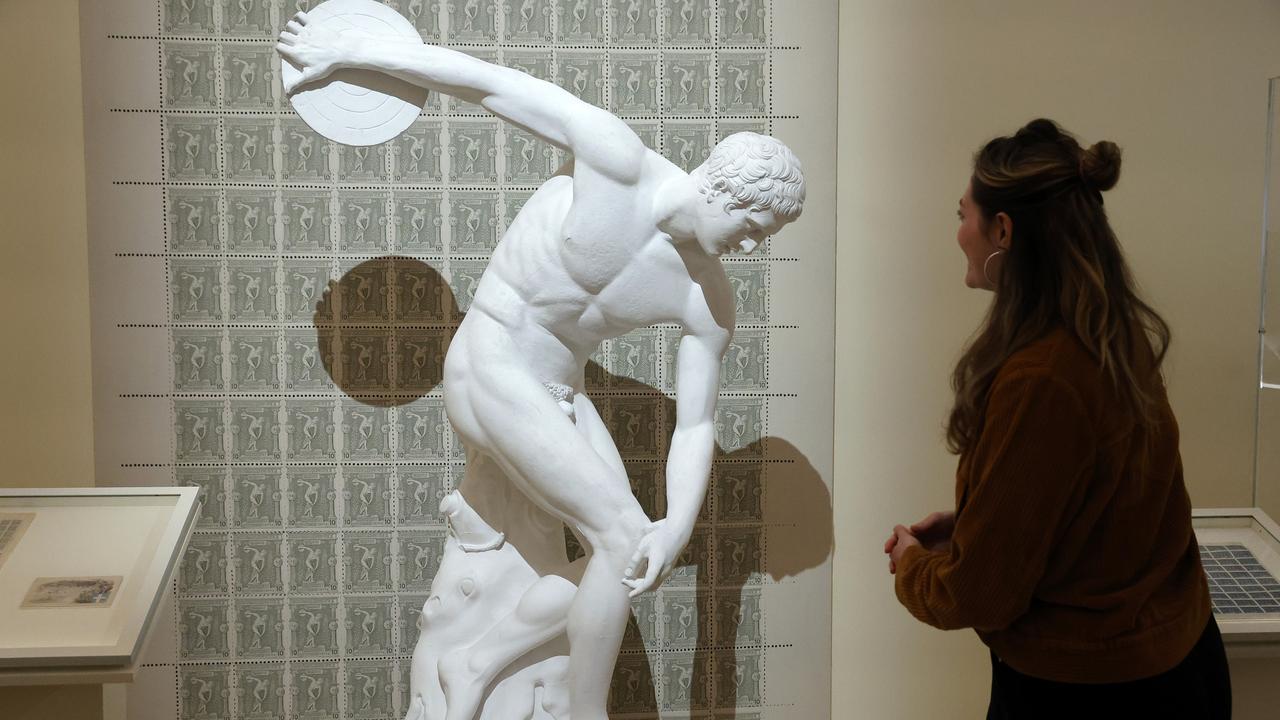
To show the connection between then and now, I needed to add a contemporary athlete, someone who was competing at these current games of the XXXIII* Olympiad in Paris. But who? I could draw one of our powerful weightlifters, or one of our swimmers, distance runners etc, but I thought for greatest effect and to show how much things change, I chose our youngest winner Arisa, the park skater from Cairns.
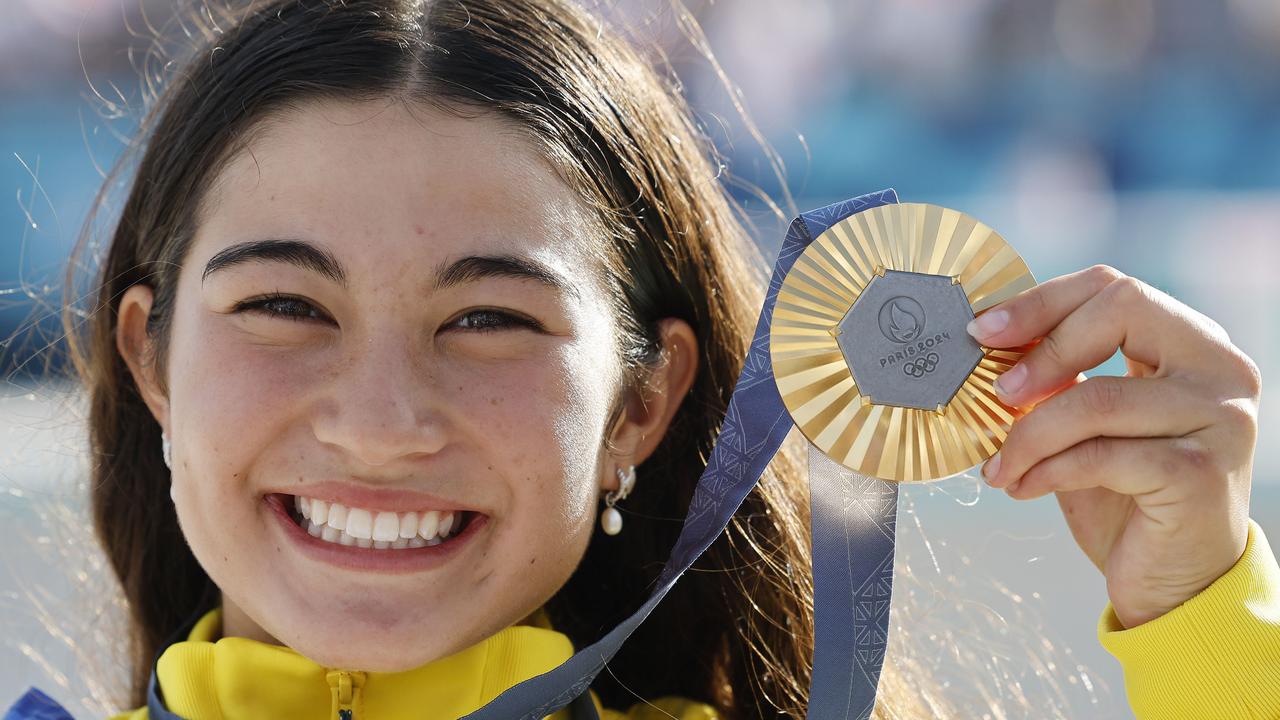
There is no greater contrast between the ancient discus thrower and Arisa. Or is there? They are both athletes, both perfect examples of rhythm, balance, power and poise in their chosen sport. They are both Olympians!
So I drew Arisa doing one of her gravity defying 720s*, and just like the other statues, she is carved out of marble, and placed her on a pedestal in her rightful spot, in the Olympic temple of sporting gods, thus illustrating that historic link.
POLL
GLOSSARY
- excess weight: heavier luggage than allowed on a plane trip
- emulating: matching
- Zeus: in Ancient Greek mythology, Zeus is known as the sky and thunder god and king of the gods of Mount Olympia
- Olympia: an ancient site in Greece where the first ancient Olympic Games were held
- Heracles: a figure who is Greek mythology is responsible for coming up with the Olympic Games as a tribute to his father, the Greek god Zeus
- fellowship: a community built around a shared interest or aim
- philosophy: the study of the fundamental nature of knowledge, existence and reality
- XXXIII: 33rd
- reverence: a deep respect for someone
- 720: two full mid air rotations
EXTRA READING
Paris Olympic update: Day 13
Stink erupts over Seine swimming
Pies stuck teetering on the edge
QUICK QUIZ
Who is now Australia’s youngest gold medallist?
What sport does she compete in?
What is the Latin motto of the Olympics?
What does it mean in English?
When did Heracles start the first running races in Olympia?
LISTEN TO THIS STORY
CLASSROOM ACTIVITIES
1. Caption it!
Cartoonist Mark Knight has not used a caption on this cartoon, letting the imagery speak for itself.
Read Mark’s explanation of what the cartoon means again and write two, three or four short sentences, just to make sure you understand what the cartoon is saying.
Using your sentences to help you, write a caption for the cartoon or some thought bubbles or quotes from the person or animal in the cartoon that will make Mark’s meaning clearer for children or people who haven’t been reading the news this week.
Time: allow at least 20 minutes to complete this activity
Curriculum links: English, Humanities, Visual Arts, Critical and Creative Thinking
2. Extension
Look through the most recent stories on Kids News and choose one to draw a cartoon about.
Use Mark’s three-step process to get started:
- What is my subject?
- What do I want to say about this issue?
- How do I say it? Do I use visual metaphors (an image that the viewer is meant to understand as a symbol for something else), multiple panels or symbolism (when one idea, feeling or emotion is represented by something else such as a picture, character, colour or object)?
Time: allow at least 40 minutes to complete this activity
Curriculum links: English, Humanities, Visual Arts, Critical and Creative Thinking
VCOP ACTIVITY
Stretch your sentence
Find a “who” in the cartoon – a person or an animal. Write it down.
Add three adjectives to describe them better.
Now add a verb to your list. What are they doing?
Add an adverb about how they are doing the action.
Using all the words listed, create one descriptive sentence.

